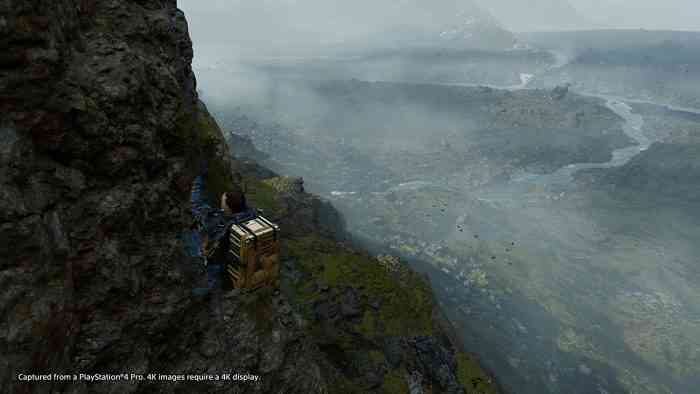The Next Tomb Raider Is Going to Need to Go Through Some Serious Changes
It’s been seven years since Crystal Dynamics’ 2013 Tomb Raider reboot launched to critical acclaim and revitalized a series that was left in the dust by Naughty Dog’s Uncharted games. Fast forward to now and the series appears to be on a hiatus after the underwhelming release of its latest entry, 2018’s Shadow of the Tomb Raider.
Crystal Dynamics currently has its hands full with a live service Avengers game that’s launching in September and Eidos Montreal (which was the lead developer on Shadow) is rumored to be working on a Guardians of the Galaxy game. So it seems that, for the time being, Tomb Raider fans won’t be seeing Lara Croft again for a good long while.

Usually, when a long-running game franchise reaches this point, its developers try to find a way to mix things up in order to breath some life back into the series such as how Sony Santa Monica reinvented its God of War series with 2018’s God of War or how Capcom has changed Resident Evil throughout the years to keep the series fresh.
So here are some suggestions for how Crystal Dynamics can reinvent Tomb Raider for the next generation of consoles.
A New Lara With No Father Issues
Though I’ve enjoyed the recent reboot trilogy, I’d say that its version of Lara Croft was the weakest aspect of all three games. In the first reboot, she’s a compelling character: an introverted college student who got shipwrecked on a mystical island, fought to survive, and became a brave hero in the end. It wasn’t the most original character development in the world but at least she developed.
Then the next two games didn’t really build on any of that. Instead, she spent those games following in her deceased father’s footsteps, which resulted in dull, unremarkable stories that focused on Lara, her dad, and an unmemorable supporting cast. Lara lacked charisma and constantly talked about how much she missed her dad while he was presented as typical obsessive genius archetype.
So that’s why I’m proposing a time jump for the next Tomb Raider. Set the game a few years after Shadow and change up Lara’s personality as a result. People can change over the years so why not Lara? Make her wise-cracking adventurer who loves exploring lost ruins and learning about mysterious civilizations, someone who enjoys the same adventure that the player is playing through. Y’know…make her actually fun?
One of the more memorable moments I had with 2017’s Uncharted: The Lost Legacy was realizing that its protagonist, Chloe Frazer, was a better Lara Croft than the current one. Though Lost Legacy was more or less a typical Uncharted game, Chloe was a major reason why I made sure to complete the game because she was an entertaining, easygoing (but also tough) character who had a well-timed sense of humor.
While I don’t want Lara to be an exact copy of this character type, I think the Chloe Frazer direction would be a good place to start the process of developing Lara’s character for the next Tomb Raider.
Take Some Notes From Death Stranding

Death Stranding was one of 2019’s most divisive games because it was a weird 40-plus hour journey where you deliver packages to people, take care of a ghost detector baby, and clumsily fight tar monsters. What could the next Tomb Raider learn from this bizarre sci-fi road trip of a game? It could learn how to make traversal more challenging by giving players more agency.
One of the ways the games can shake the also-ran status they currently have with Naughty Dog’s Uncharted games is by making the traversal more complex. While Uncharted’s climbing animations easily outclass those of the recent Tomb Raider games, Naughty Dog’s platforming mechanics are too automated to be as engaging as Uncharted’s combat gameplay. This resulted in a lot of boring, barely interactive gameplay segments in Uncharted 4, which featured the most climbing sections of the entire series.
In comparison, the reboot trilogy’s platforming was more engaging because Lara was using her tools to traverse precarious areas instead of just only climbing up convenient handholds. In the first game, Lara had climbing axes and rope arrows, in the sequel she added a grappling hook and used arrows to create her own platforms, and in the third game she got a handy rappelling rope that also allowed her to wall run.
It wasn’t the most complex platforming in the world but at least there was more going on than what’s usually found in other AAA games. So, the next game should expand on that by taking some notes from Death Stranding. Give Lara a stamina meter for when she’s doing something strenuous such as climbing up slopes and crossing through deep rivers. Also, let players have more freedom to use her traversal tools instead of restricting their use to specific designated areas.
Lara is supposed to be exploring harsh, unforgiving places so make the traversal and platforming more of a challenge in order to reflect that.